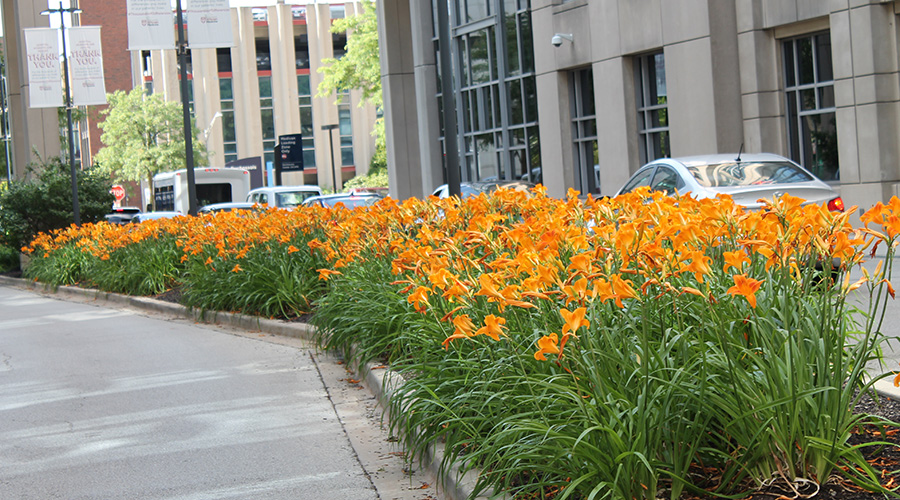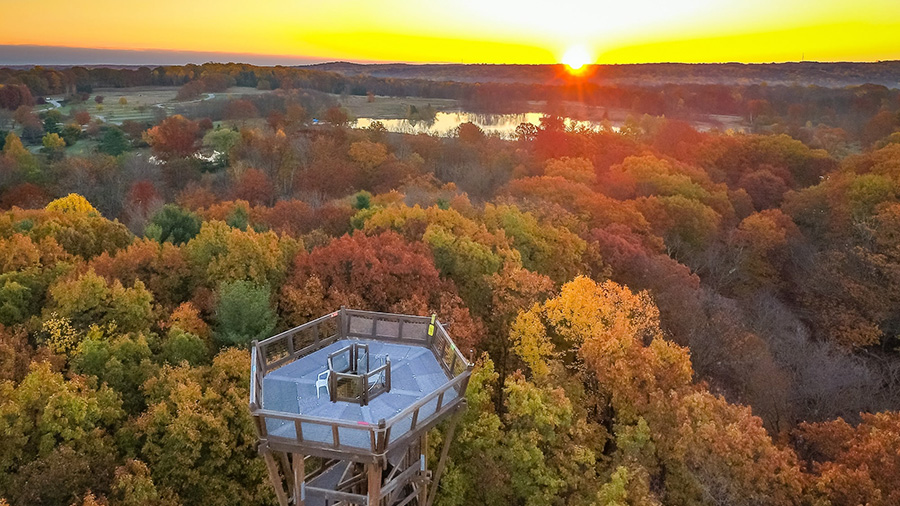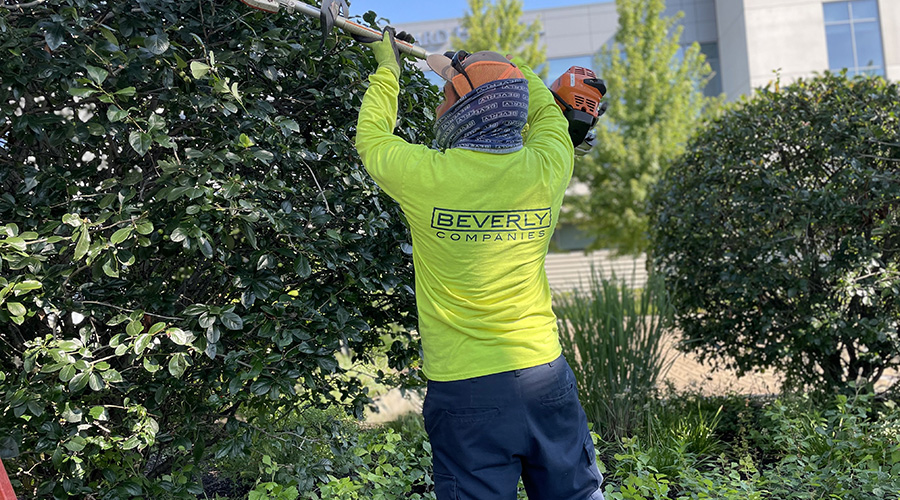Grounds and Equipment Preparation for Winter Often Begins in Summer
The arrival of warmer weather — or the pending arrival, depending on the part of the country — means grounds operations in institutional and commercial facilities are entering their most active phase. Grounds crews are focused on the mowers, utility vehicles, skid steers, and smaller pieces of equipment they will use to maintain turf, trim, edge, and plant. Operators have tuned up mowers, mechanics have inspected and repaired utility vehicles, and a host of attachments are ready to handle their specialized tasks.
For most grounds managers, however, warmer weather also means it is time to start preparing the department for the cooler weather of fall and, all too soon, winter. Beyond decisions on equipment repair or replacement, managers now are beginning to make certain that crews and the landscapes themselves will be ready for whatever winter brings.
Eye On Equipment
Equipment is the lifeblood of most grounds departments, so managers tend to begin their preparation for colder weather by focusing on key equipment that crews will use to carry their most difficult tasks. In many departments, the groundwork for summer planning and preparation starts the previous winter.
"What we did after each snow event, particularly in Michigan, we would have a recap meeting," says Gerry Dobbs, park services superintendent with the Cordova Recreation and Park District in Rancho Cordova, Calif., who also worked at Michigan State University. "We'd discuss what worked well and what did not work well in terms of the processes and the equipment. Do we need replacements? Do we need to make adaptations? If so, we have to give the mechanics time enough to make those adaptations."
In essence, preparation for winter can become nearly a year-round process.
"I like to start thinking about preparation for winter in the summertime," Dobbs says. "We look at all of our equipment, and we start reviewing our snow-removal plan. Then as we get closer to fall, we'd have an equipment roundup. The mechanics would come in over the weekend and bring in all of the snow plows and trucks and other equipment to get them ready for snow removal."
Equipment considerations go beyond determining the condition of existing units. Managers also can start to get a better handle on the possibility of replacing outdated or rundown and inefficient equipment, as well as supplementing the department's equipment arsenal with new units that perform different functions. Such big-ticket decisions require a strategic approach.
"Each place I've worked at, we've developed an equipment inventory, which has not only model numbers and serial numbers but also the purchase date," Dobbs says. "And we record hour-meter readings or odometer readings. We're getting to a point where we're determining the ideal time to replace a piece of equipment before it becomes a liability for us.
"Anytime you deal with a snow emergency or any type of work within landscape maintenance, you have to have reliable equipment that somebody can get in after doing the basic pre-trip inspection and go out and do their job. So we look at a piece of equipment, its age and functionality. If it looks like (maintaining) the piece of equipment is going to cost more than it's actually worth, I recommend getting rid of it and bringing in something new."
Related Topics:














